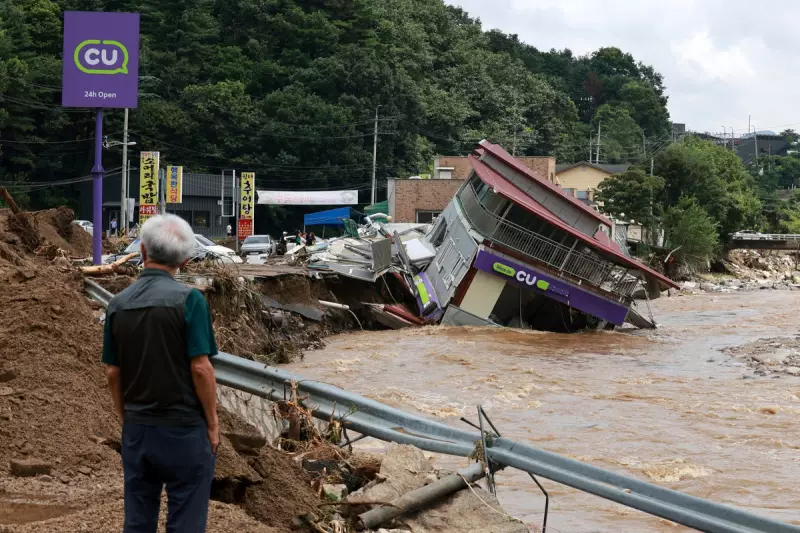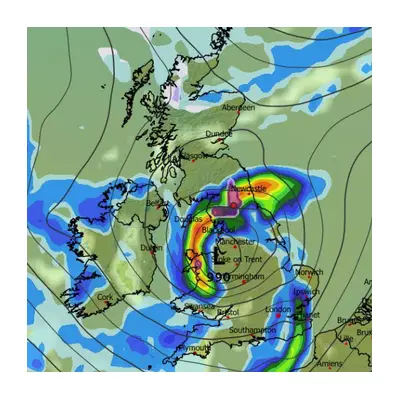
South Korea is grappling with a devastating natural disaster as relentless torrential rains have triggered deadly landslides and widespread flooding, leaving a trail of destruction in their wake.
Emergency services are working around the clock to locate survivors amid the chaos, with the confirmed death toll steadily rising. The hardest-hit regions have seen entire roads swallowed by mudslides, while submerged homes and vehicles paint a grim picture of the catastrophe.
Rescue Efforts Underway
Authorities have deployed hundreds of rescue personnel to affected areas, where treacherous conditions are hampering relief operations. Military units have been mobilised to assist with evacuations as meteorologists warn of further rainfall in coming days.
Infrastructure in Ruins
The extreme weather has crippled transportation networks, with multiple highways closed due to flood damage. Power outages have been reported across several districts, leaving thousands without electricity.
Government officials have declared a state of emergency in the worst-affected provinces, setting up temporary shelters for displaced residents. The scale of the disaster has prompted neighbouring regions to offer assistance and relief supplies.
Climate Change Concerns
This tragedy comes amid growing concerns about climate change's role in intensifying extreme weather events across Asia. Meteorologists note this year's rainy season has brought unprecedented precipitation levels to the Korean peninsula.
As search operations continue, authorities fear the death toll may rise further as they reach isolated communities cut off by the floods. The nation now faces the daunting task of recovery and rebuilding in the aftermath of this natural disaster.





